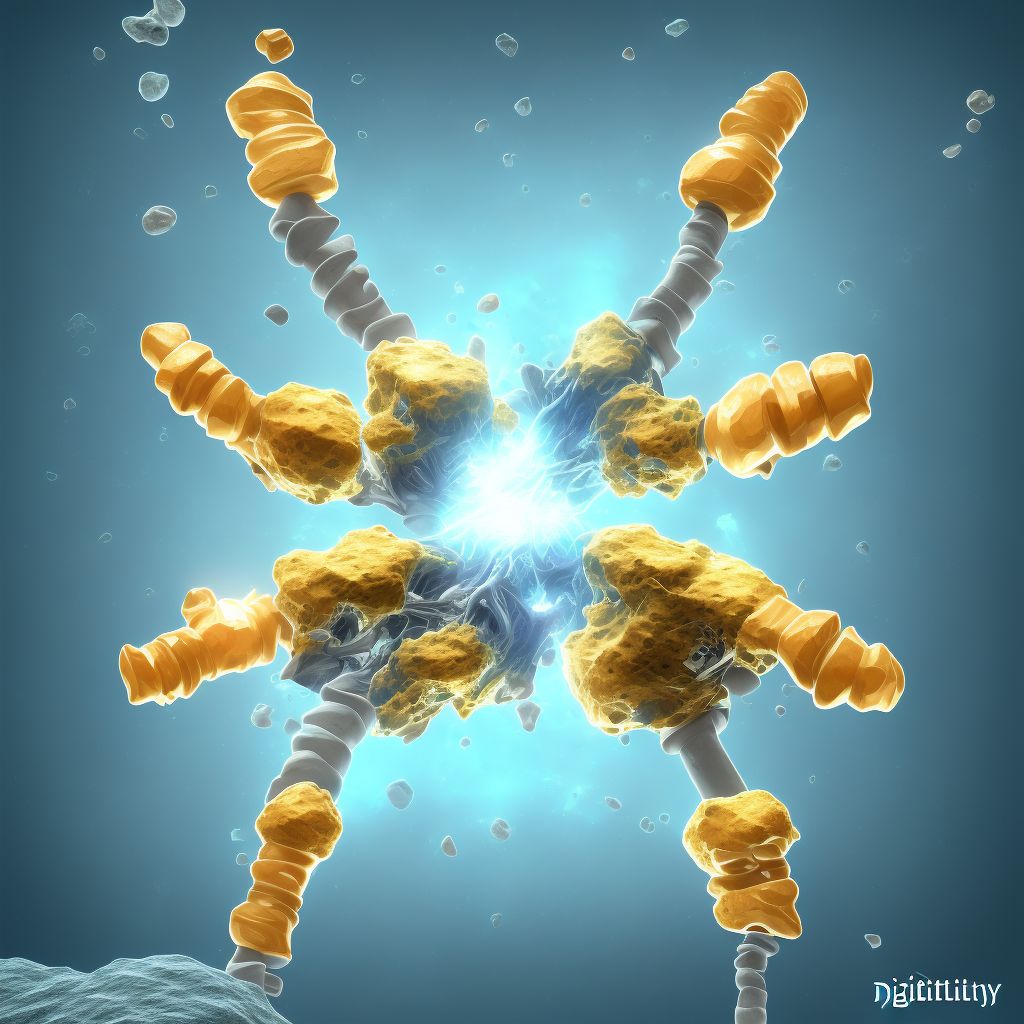
Nondisplaced segmental fracture of shaft of right tibia, subsequent encounter for open fracture type IIIA, IIIB, or IIIC with routine healing Save
ICD-10 code: S82.264F
Disease category: S82.264: Nondisplaced segmental fracture of shaft of right tibia
Nondisplaced Segmental Fracture of Shaft of Right Tibia: Understanding Open Fracture Types IIIA, IIIB, or IIIC with Routine Healing
When it comes to fractures, one of the most common injuries is a nondisplaced segmental fracture of the shaft of the right tibia. This type of fracture occurs when the bone breaks into two or more pieces, but the bone fragments remain in their original position. Today, we will discuss the subsequent encounters for open fracture types IIIA, IIIB, or IIIC with routine healing.
An open fracture, also known as a compound fracture, is a severe injury where the broken bone pierces through the skin. Open fractures are categorized into three types: IIIA, IIIB, and IIIC. Type IIIA refers to an open fracture with adequate soft tissue coverage, IIIB indicates extensive soft tissue loss, and IIIC signifies an open fracture with an associated arterial injury.
- Type IIIA: This type of open fracture typically involves a clean wound with adequate skin coverage. The bone protrudes through the skin, but there is no significant soft tissue damage. The healing process for a type IIIA open fracture involves routine care and monitoring.
- Type IIIB: An open fracture of type IIIB involves significant soft tissue damage, resulting in a compromised blood supply to the affected area. These fractures often require more extensive treatment, such as surgical interventions like skin grafting or muscle flaps. Routine monitoring and wound care are crucial for proper healing.
- Type IIIC: The most severe type of open fracture, type IIIC, involves an associated arterial injury. These fractures require urgent medical attention to address the arterial damage, ensuring proper blood flow to the affected area. After the arterial repair, routine healing measures are implemented to promote bone and soft tissue recovery.
Throughout the subsequent encounters for open fracture types IIIA, IIIB, or IIIC, routine healing is the primary focus. Medical professionals closely monitor the healing progress, assess any potential complications, and provide appropriate care to ensure optimal recovery.
It is important to note that the information provided here is for informational purposes only and should not be considered medical advice. If you or someone you know has experienced a nondisplaced segmental fracture of the shaft of the right tibia or any open fracture, it is crucial to consult a healthcare professional for an accurate diagnosis and appropriate treatment.
Treatment of Nondisplaced segmental fracture of shaft of right tibia, subsequent encounter for open fracture type IIIA, IIIB, or IIIC with routine healing:
Treatment Options for Nondisplaced Segmental Fracture of Shaft of Right Tibia
A nondisplaced segmental fracture of the shaft of the right tibia can be a challenging injury to treat. However, with the right treatment approach, patients can achieve routine healing and regain functionality. Here are some of the treatment options available: